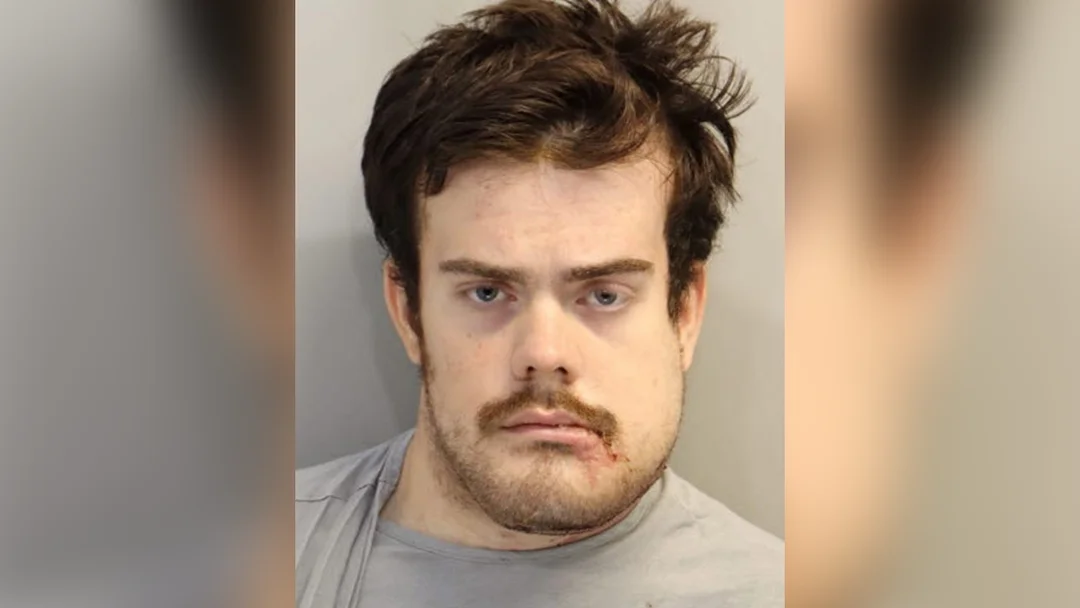
What Drove the Chaos at Florida State University?
In the heart of Tallahassee, Florida, a serene university campus turned into a scene of unimaginable terror, leaving many to question the hidden triggers behind such violence. Florida State University's mass shooting has sparked nationwide debates on safety, mental health, and heroism, drawing attention to the fragility of everyday life.
The incident, which unfolded on April 17, involved 20-year-old Phoenix Ikner, a political science student accused of fatally shooting two people and injuring six others. According to grand jury findings, Ikner's rampage was a "community's worst nightmare," yet it was curtailed by swift law enforcement action. Witnesses described the chaos as Ikner, armed with a stolen shotgun and a .45 caliber pistol, opened fire in crowded areas like the Student Union. The weapons were reportedly taken from his parents' home, with the pistol once belonging to his stepmother, a Leon County Sheriff's deputy. This detail adds a layer of complexity, as investigators found no prior red flags in Ikner's background—no mental health referrals from his time at Leon County Schools, Tallahassee State College, or FSU.

One of the most compelling aspects of the event was the heroic intervention by FSU Police Officer Cody Poppell. As students fled in panic, Poppell raced toward the gunfire on his motorcycle, firing shots that struck Ikner in the face and neutralized the threat in just three minutes. The grand jury praised Poppell's actions as "lawful and heroic," stating that his bravery likely saved numerous lives. This moment of heroism contrasts sharply with the randomness of the attack, where victims were selected without regard for age, race, or background, underscoring the indiscriminate nature of gun violence.
Analysis of the incident reveals troubling patterns in mass shootings, such as the ease of accessing firearms and the absence of warning signs. Ikner's case stands out because, despite his involvement in activities like the Leon County Sheriff's Youth Advisory Council, there were no indications of impending danger. Critics argue this highlights gaps in mental health screening and gun control measures in Florida. Comparisons to other shootings, like those at other U.S. campuses, show similar elements of surprise and rapid response, but FSU's outcome was mitigated by coordinated efforts from multiple agencies, as noted in the grand jury report.
Tragically, the victims—identified as Robert Morales and Tiru Chabba—were innocent bystanders, their lives cut short in what the grand jury described as a bid to "kill as many people as possible." Family statements expressed hope for justice, emphasizing the need for transparency in the ongoing legal process. Ikner, now indicted on two counts of first-degree murder and seven counts of attempted murder, faces potential death penalty proceedings, with his arraignment set for June 11.

This event serves as a stark reminder of the vulnerabilities in community safety and the fine line between everyday life and tragedy. As investigations continue, it prompts reflection on preventive strategies and the role of law enforcement. What can be done to avert such horrors in the future? Share your insights and experiences in the comments below, and help us foster a dialogue on campus security and gun violence prevention.